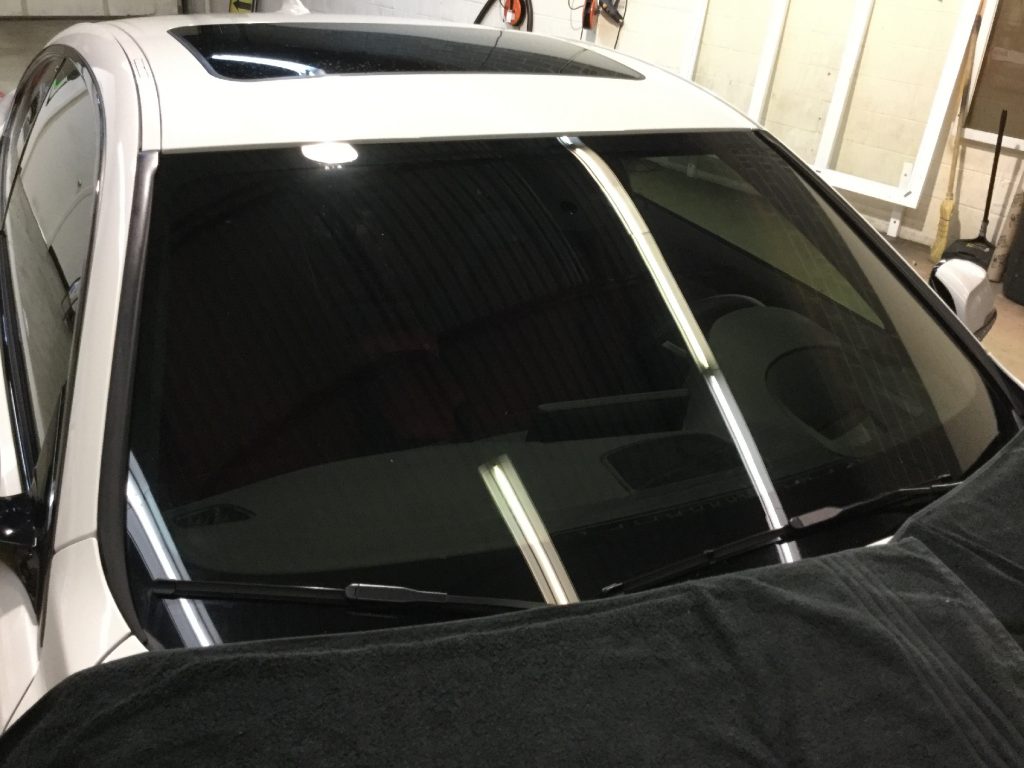Home Window Tinting Rules: What You Need to Know Prior To Tinting Your Vehicle
Recognizing window tinting regulations is crucial for any car proprietor considering tinting their auto. As you consider enhancing your lorry's appearance and performance, it is vital to realize not only the lawful ramifications yet also the practical considerations that come with selecting the appropriate tint.
Value of Comprehending Tint Regulations
Recognizing window tinting legislations is critical for lorry owners to guarantee conformity with state regulations. These regulations determine the permissible levels of tint darkness and reflectivity, which can dramatically differ from one jurisdiction to one more. Falling short to follow these regulations can lead to fines, compulsory elimination of the color, and potential complications throughout lorry inspections.
Furthermore, comprehending these laws aids vehicle owners make informed decisions about their tinting options. Different types of window movies offer various benefits, such as UV protection, warmth rejection, and glare reduction. Without knowledge of the lawful limitations, vehicle owners take the chance of selecting items that might eventually lead to legal issues.
Furthermore, recognition of tinting regulations promotes a much safer driving atmosphere. window tinting. Exceedingly dark colors can harm presence, raising the threat of crashes, especially during the night or in adverse climate condition. Police additionally use these regulations to make certain road safety and security, making compliance not simply an individual obligation however a lawful obligation
State-Specific Color Regulations
Each state in the united state has actually established its very own certain regulations pertaining to window tinting, mirroring a diverse array of needs and requirements. These policies can differ substantially, affecting how lorry proprietors approach setup and compliance. Some states allow darker colors on back windows while enforcing strict limits on front-side home windows.
In addition, laws typically specify permitted color materials and colors. Certain states ban reflective tints entirely, while others might allow them to a limited degree. Additionally, some jurisdictions mandate that vehicles with tinted home windows present a sticker indicating compliance with state regulations, providing a clear identification for regulation enforcement.
Enforcement of these laws likewise differs; some states are extra aggressive, performing random checks, while others rely upon complaints or visible infractions to start enforcement. Automobile owners ought to understand that failing to follow state-specific tint policies can cause fines, required removal of prohibited colors, or both.

Lawful Color Percentages
Establishing the lawful color portions is vital for vehicle owners seeking to abide by state regulations. Each state has details regulations governing how much light must travel through the windows of a vehicle, which is shared as a percent referred to as Visible Light Transmission (VLT) This percentage differs significantly throughout states and can rely on the type of home window-- front side, back side, and windshield.
For instance, some states permit just 20% VLT on front side home windows, while others may permit up to 50%. Windshield tinting is commonly a lot more restricted, with lots of jurisdictions enabling just a slim band of tint at the top of the windshield. In contrast, back windows generally have extra forgiving guidelines, with some states permitting darker colors.
It is essential for vehicle owners to familiarize themselves with their neighborhood regulations to avoid potential legal concerns. This consists of understanding how VLT is gauged, as it can differ based on the sort of home window film utilized. Remaining notified about these regulations makes certain compliance and promotes secure driving conditions for both the lorry owner and others when driving.
Repercussions of Non-Compliance
Falling short to stick to window tinting laws can lead to significant effects for vehicle owners. Policemans trained to determine prohibited tint levels may provide penalties, which can differ by jurisdiction yet typically vary from modest to significant quantities.

Insurer might also impose charges for non-compliance, as unlawful adjustments can be deemed a violation of plan terms. This can influence insurance coverage prices or bring about difficulties in claims if an incident occurs.
Eventually, the repercussions of non-compliance prolong past instant punitive damages; they can impact a chauffeur's insurance coverage prices, lawful standing, and total vehicle value, emphasizing the relevance of sticking to local window tinting policies.
Tips for Picking Tinting Options
When selecting home window tinting choices,Comprehending the effects of non-compliance highlights the importance of making educated options. First of all, familiarize on your own with your state's particular regulations regarding color darkness and reflectivity. Each state has distinct regulations that dictate the acceptable limits, so guarantee you stay within these standards to prevent fines.
Secondly, consider the sort of tint product. Choices consist of colored, metalized, and ceramic tints, each offering differing levels of warmth rejection, UV security, and sturdiness. Ceramic colors provide remarkable warmth resistance without interfering with digital devices, making them a prominent selection.
Additionally, examine your key function for tinting. If you look for improved personal privacy, go with darker tints; nonetheless, remember that this may influence exposure at evening. On the other hand, if glare reduction and UV security are your major issues, lighter tints may be sufficient.
Lastly, talk to a specialist installer that is educated concerning neighborhood policies and can suggest high-grade materials fit to your requirements (window tinting). Taking these variables right into account will certainly guarantee you make a knowledgeable Full Report choice, inevitably enhancing both your vehicle's looks and capability
Verdict
In conclusion, knowledge with home window tinting regulations is crucial prior to using tint to a More hints lorry. By comprehending legal demands and picking suitable tint products, car proprietors can accomplish aesthetic enhancement while remaining certified with relevant regulations.
Recognizing window tinting legislations is important for any type of vehicle proprietor thinking about tinting their vehicle.Comprehending home window tinting laws is vital for vehicle owners to make sure conformity with state laws. Some states allow darker tints on back home windows while imposing strict limitations on front-side windows.
In contrast, rear windows commonly have more tolerant laws, with some states allowing darker colors. (window tinting)
In final thought, knowledge with home window tinting laws is vital prior to using color to a lorry.